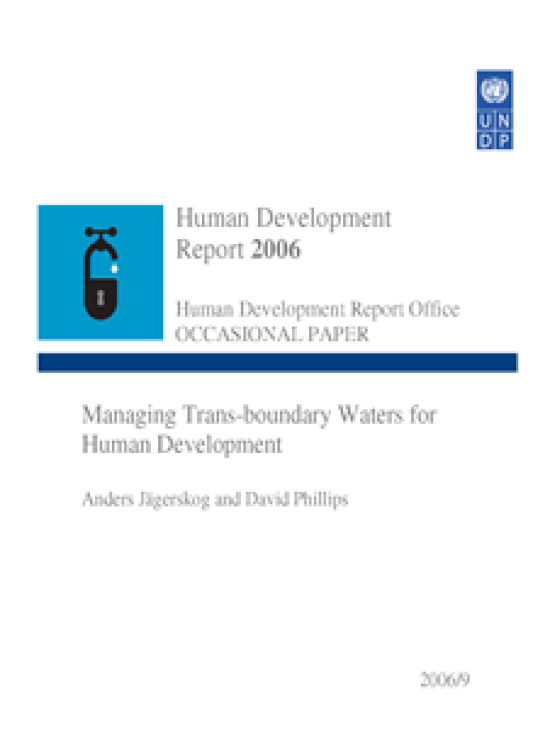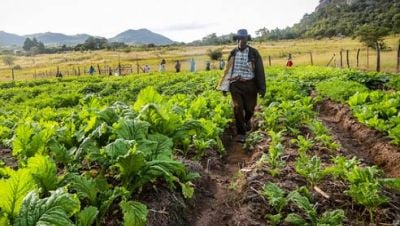Managing Trans-boundary Waters for Human Development

Download Report by Language
Document
jagerskoganders.pdf
(450.47 KB)
Citation
Jagerskog, Anders, Phillips, David. 2006. Managing Trans-boundary Waters for Human Development. New York.
Managing Trans-boundary Waters for Human Development
Posted on: January 01, 2006
Finding sustainable solutions to the world's many severe water-related problems is vital for improving human welfare and the environment in the 21st century. Water is a resource that is used to energise all sectors of society, ranging from basic food production to advanced industrial technologies. It is also a fugitive resource, varying in volume over both time and space in complex fashions which are unpredictable, at least in part. For the purposes of the present report, trans-boundary waters may be considered to be identical to “international watercourses”, which have been defined recently in Article 2 of the Convention on the Law of the Non-navigational Uses of International Watercourses1 as follows: "Watercourse" means a system of surface waters and groundwaters constituting by virtue of their physical relationship a unitary whole and normally flowing into a common terminus. "International watercourse" means a watercourse, parts of which are situated in different States. In all trans-boundary basins, a number of States (or riparians) share the water resources, and this has given rise to the development of several important international principles.1-5 The three key principles in customary international law relating to trans-boundary waters involve a requirement for their ‘equitable and reasonable’ utilization; the need to avoid significant harm to other co-riparians; and the demand for prior notification of works which may affect the water resources of others.

